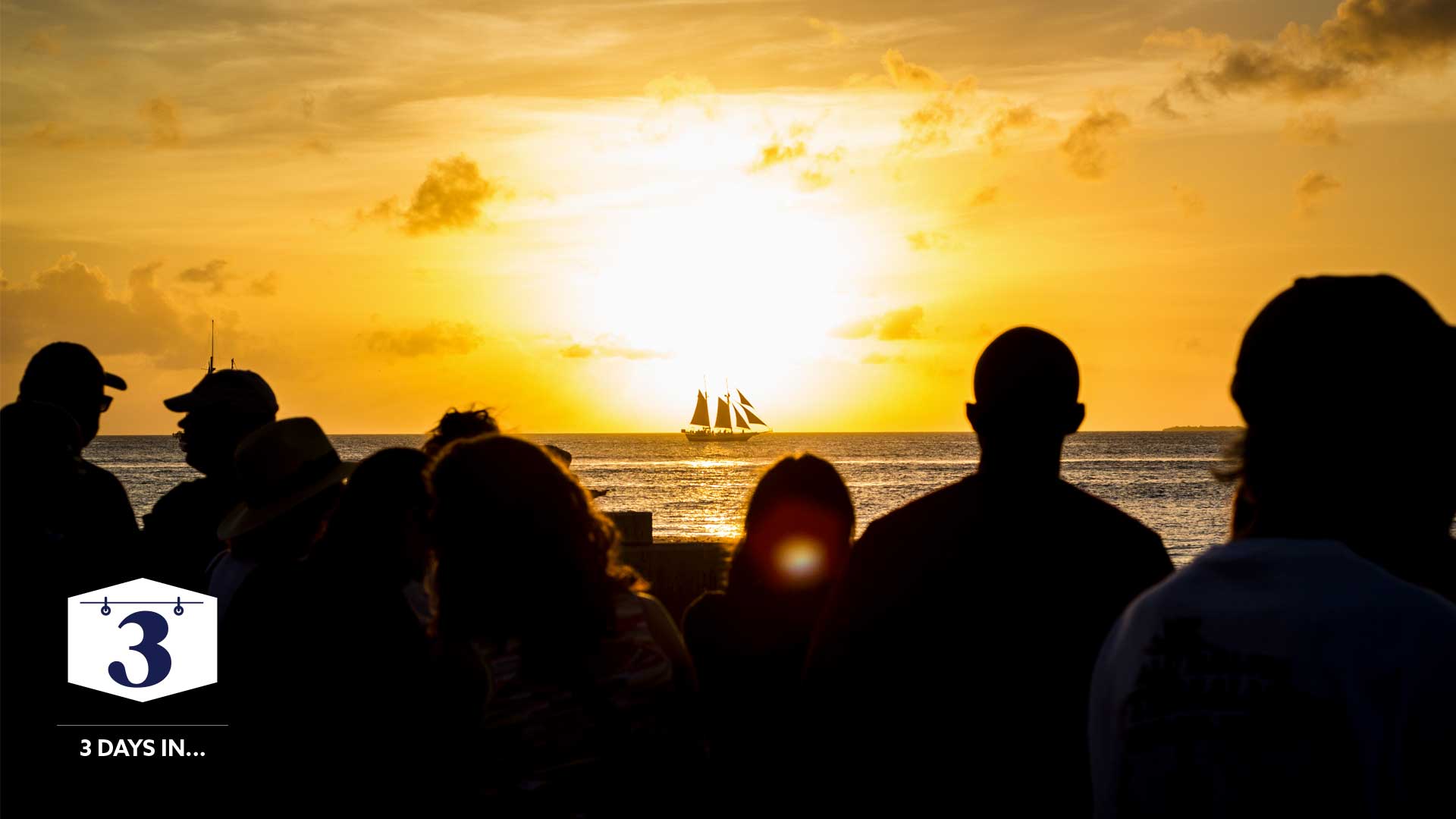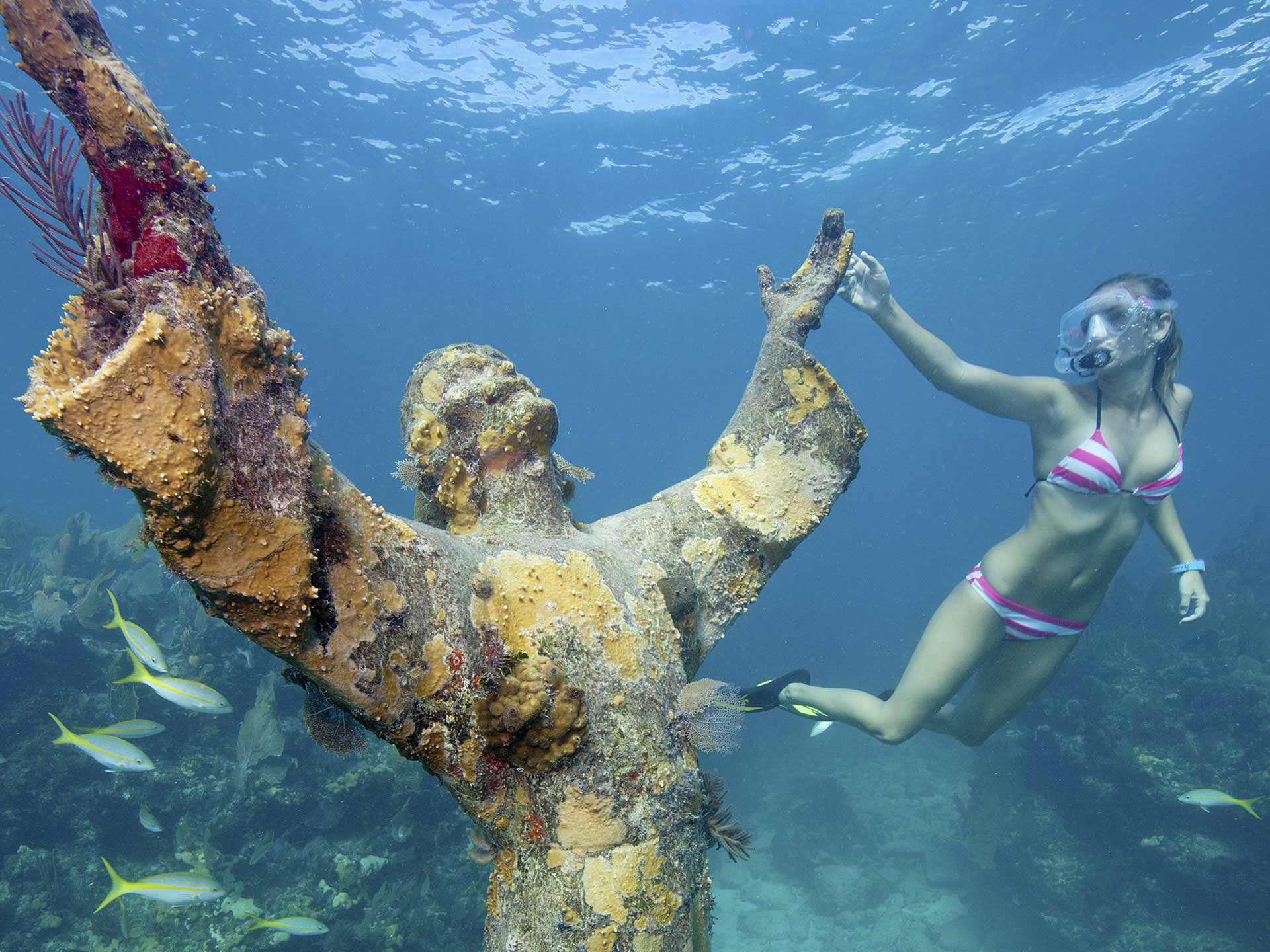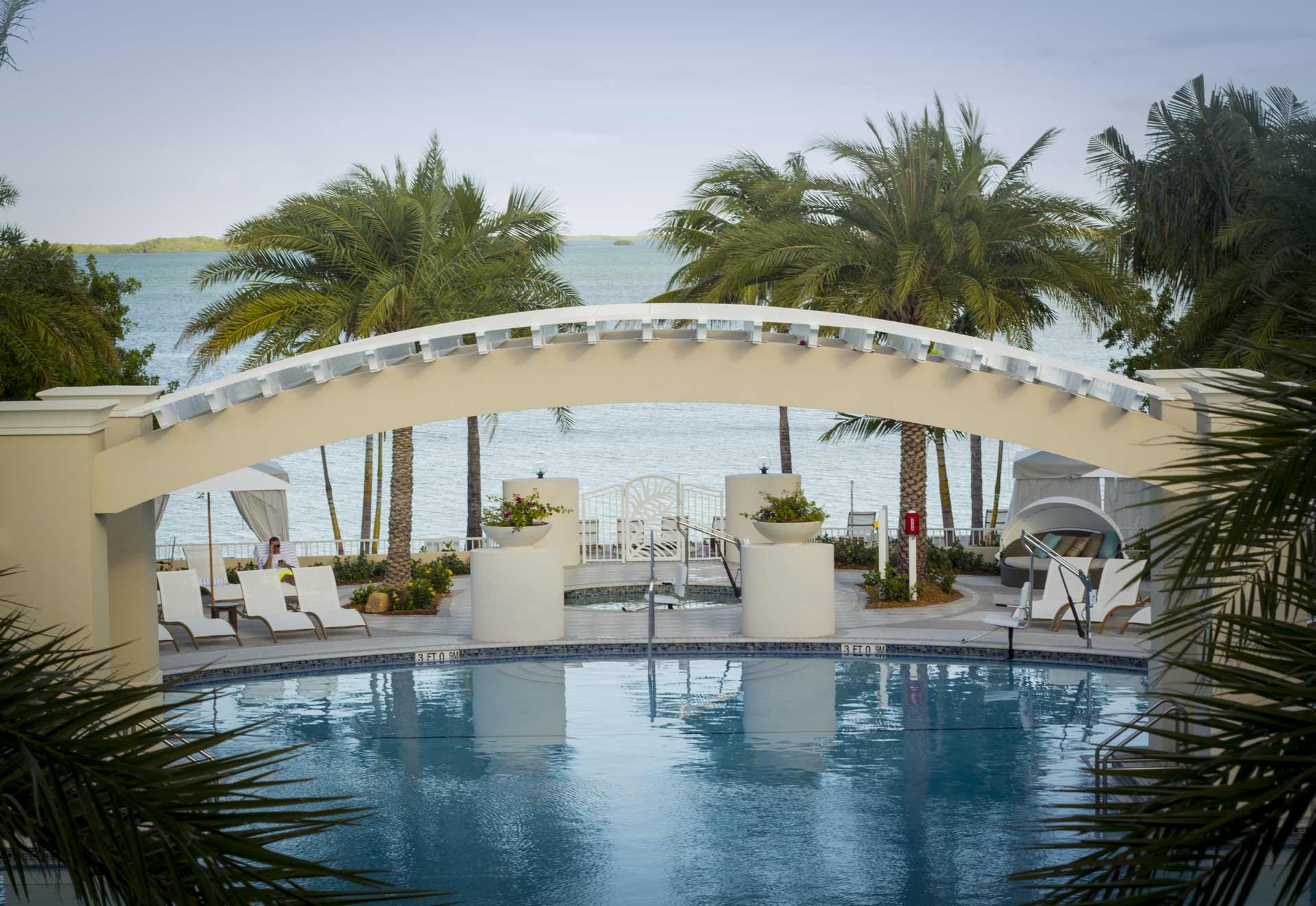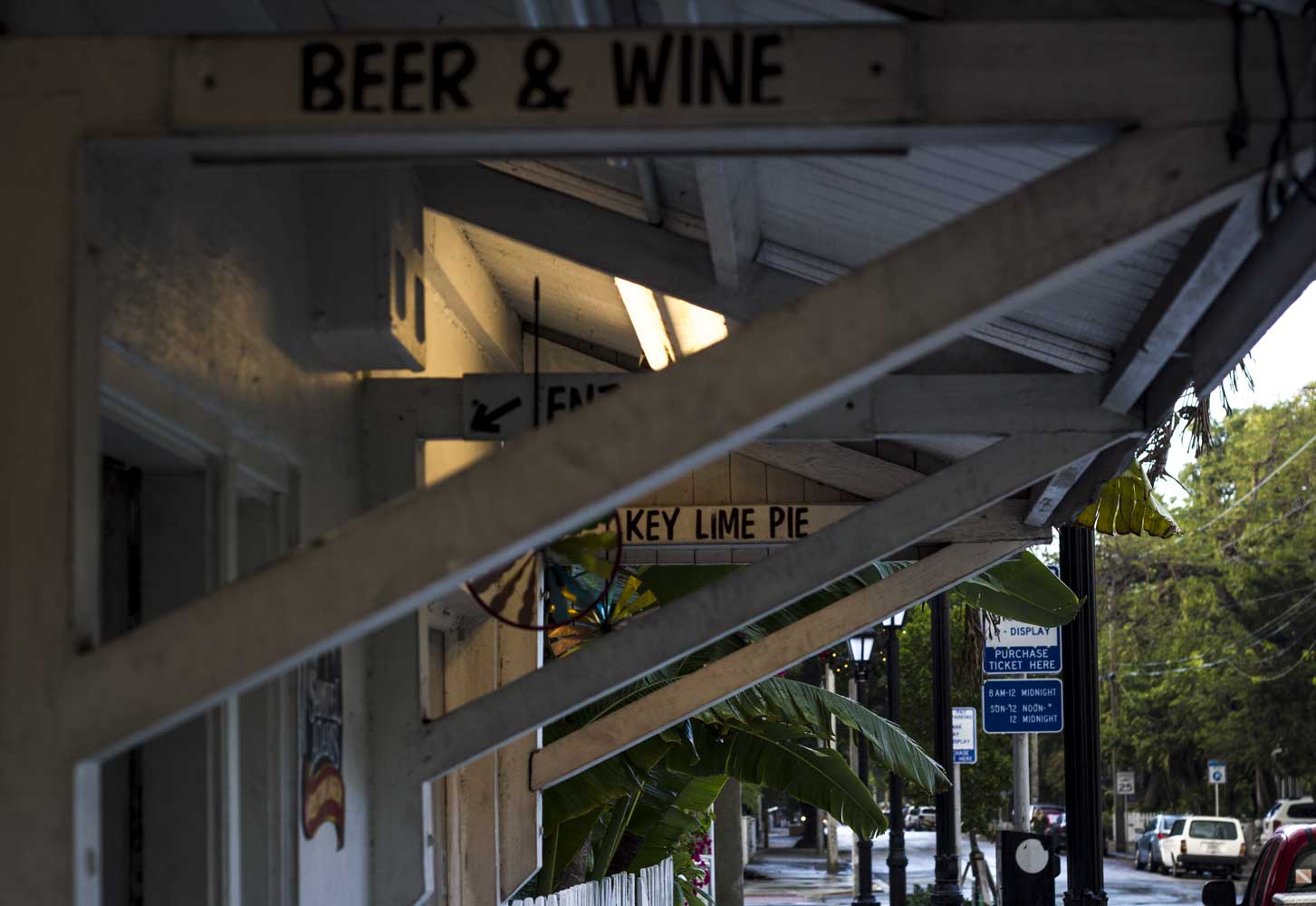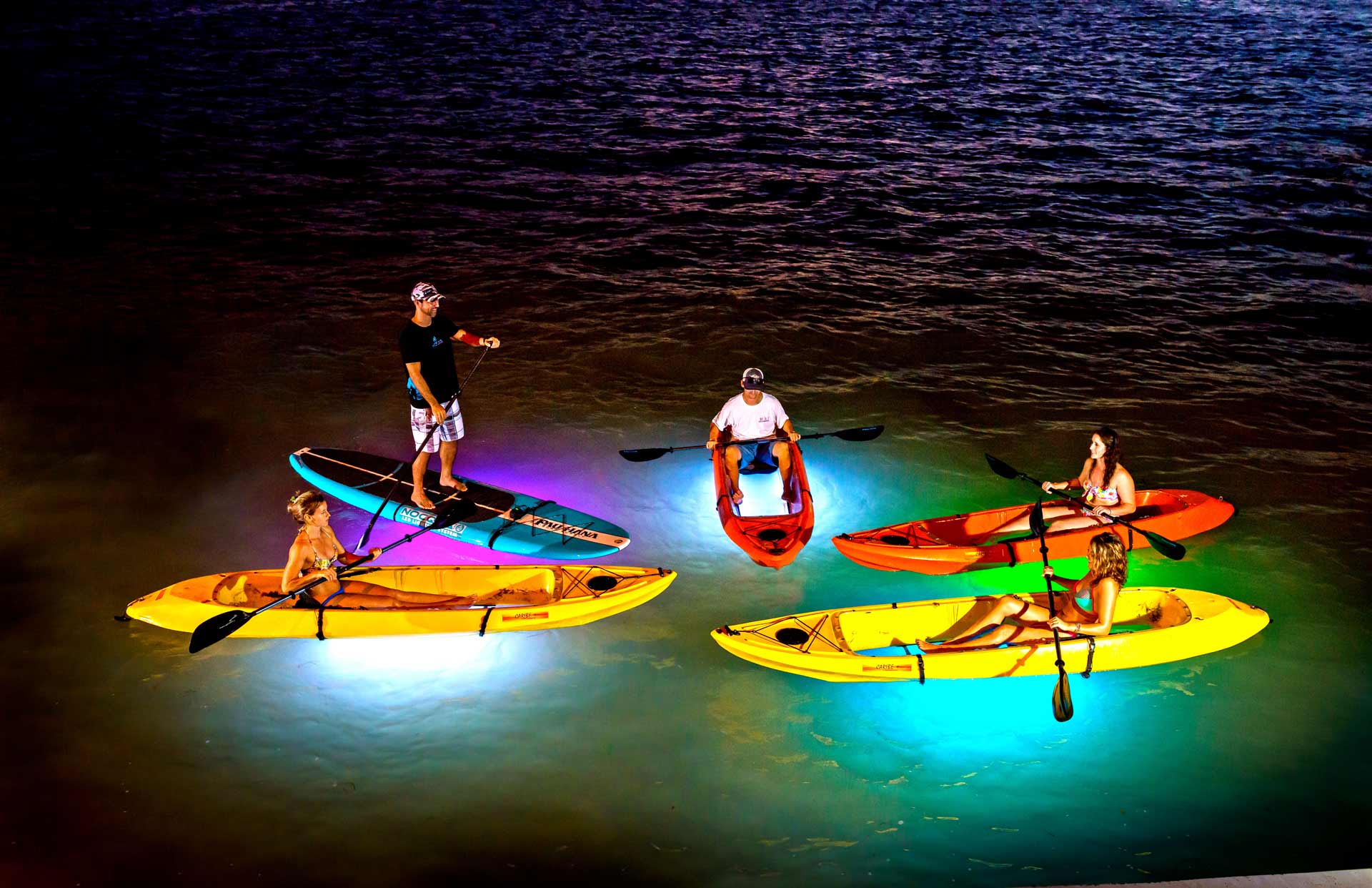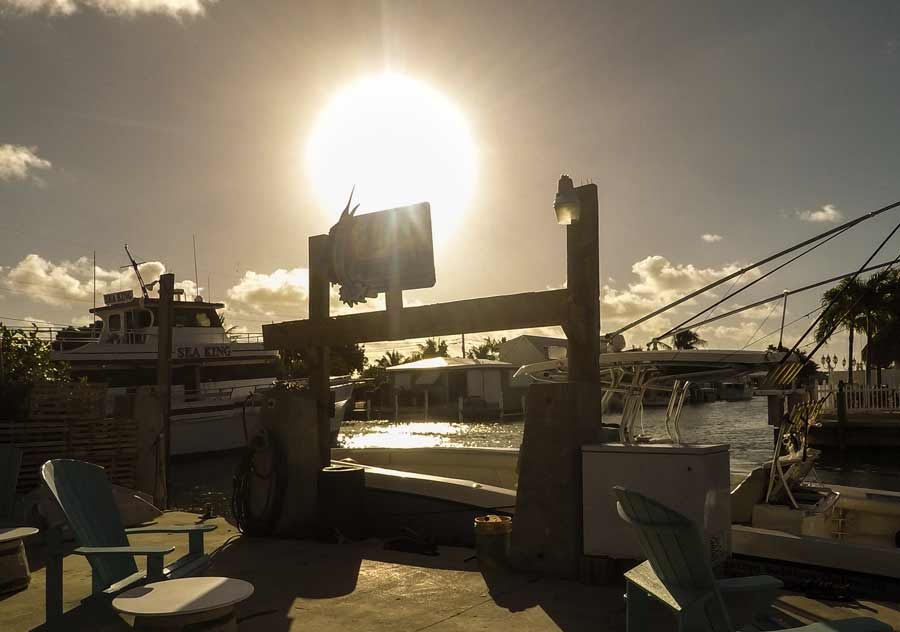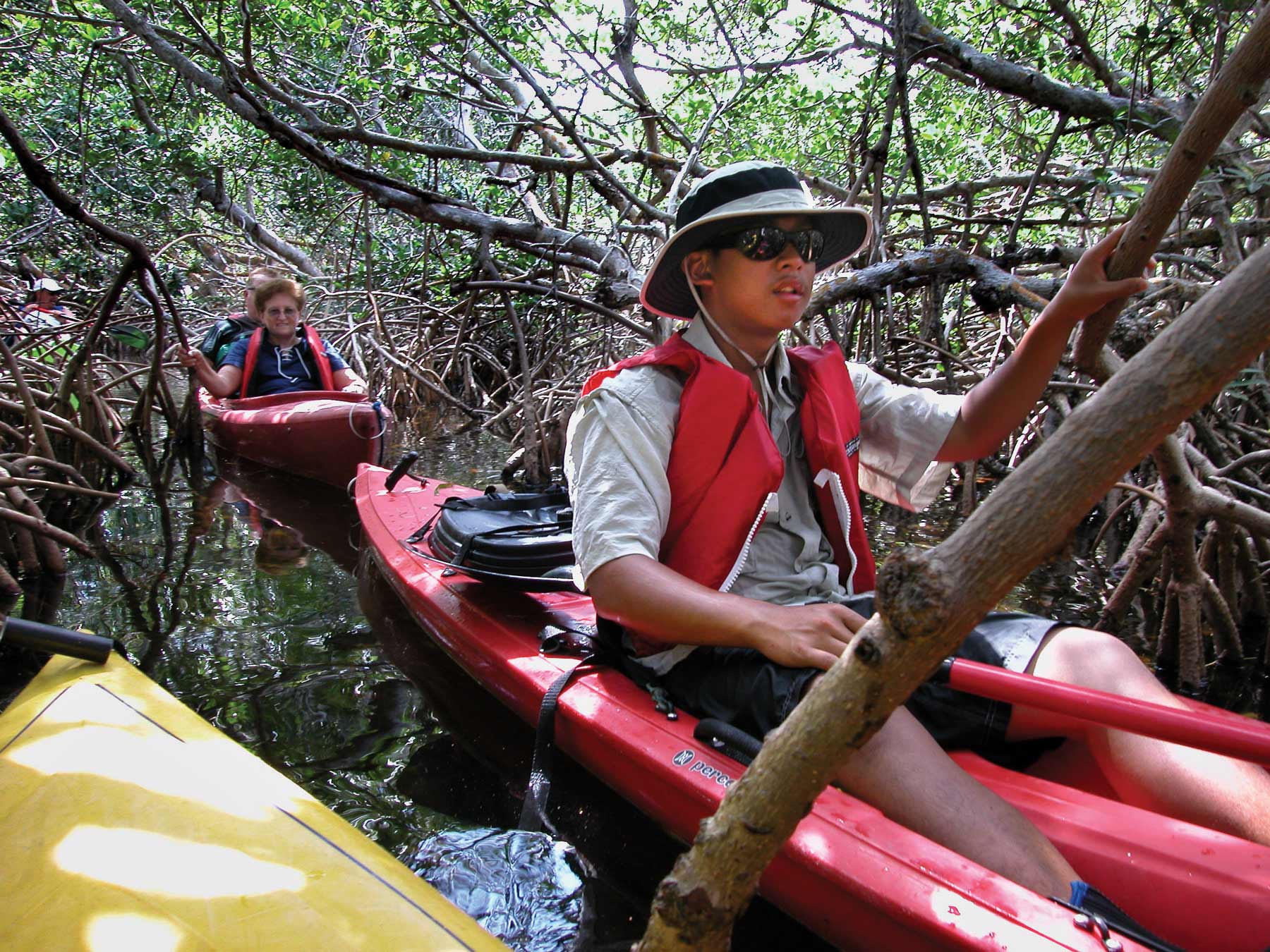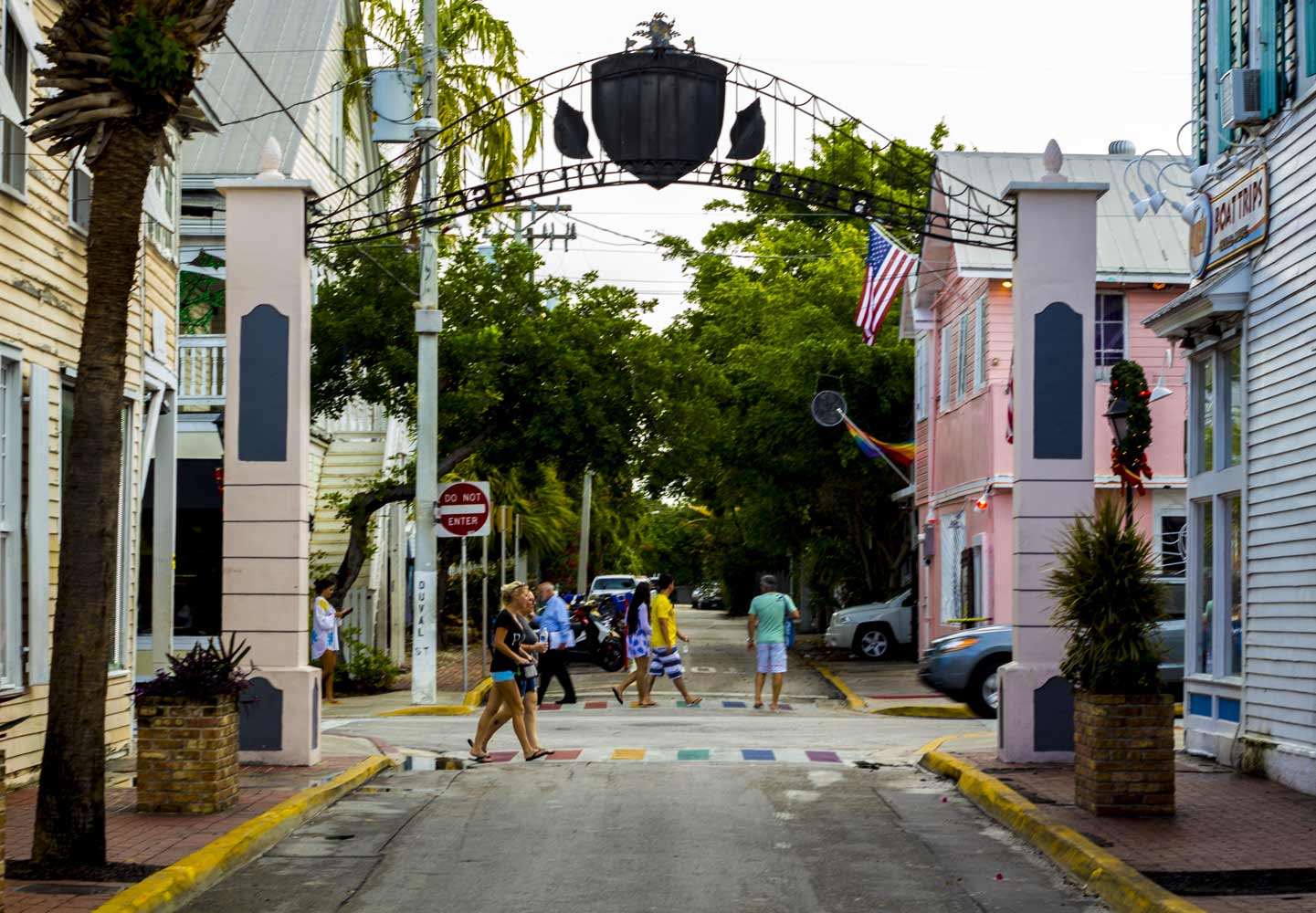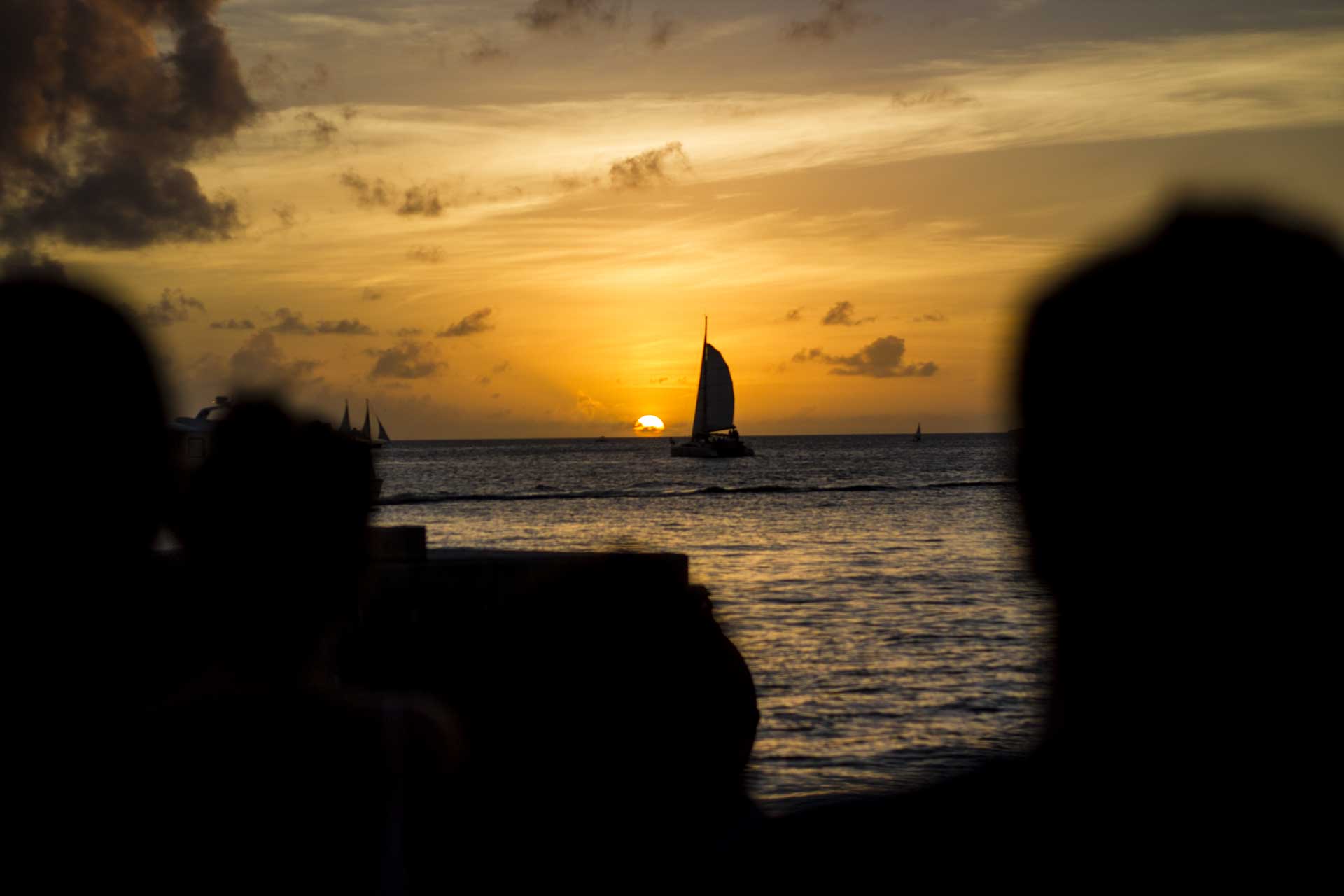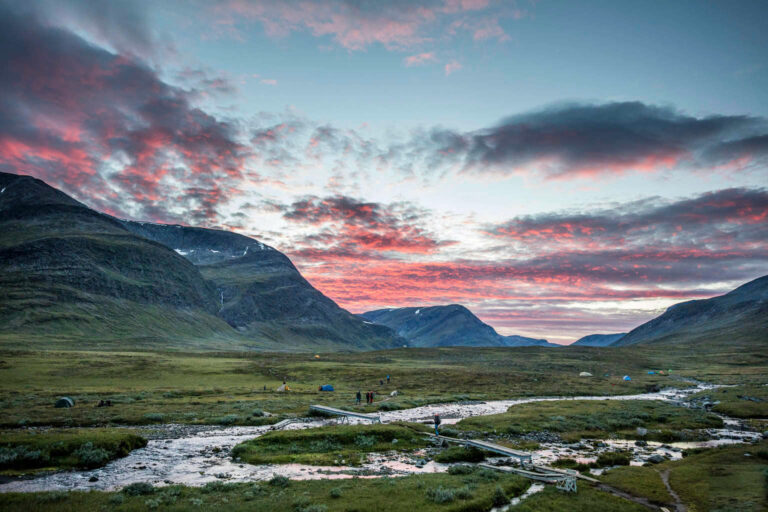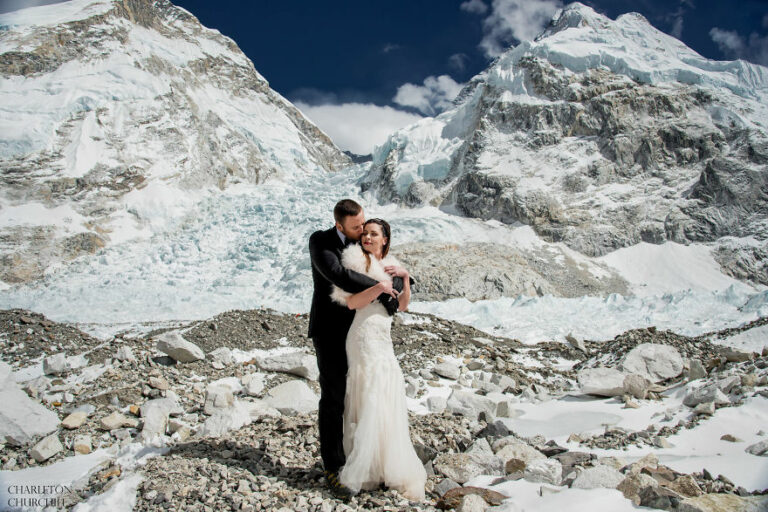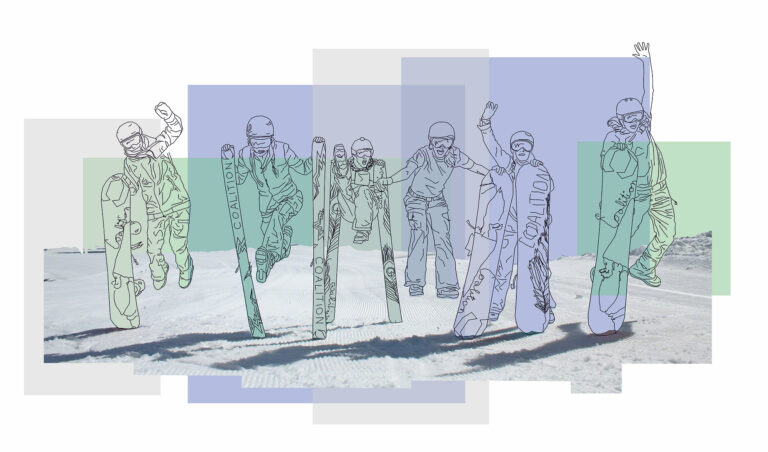Words and main image: James Renhard
I received the best news I’d had to date in my short life. I could have burst. I was eleven years old, and my parents told me we were going on holiday to Florida. This, of course, meant only one thing: We were going to Disney World.
My eleven year-old self is not alone. To many, when you mention Florida they picture one thing: Disney World. The southernmost state in mainland USA is synonymous with the cartoon theme park, with Mickey Mouse, Goofy, screaming kids and overweight parents, pebbledashed with sweat, trying to control them. Cinderella’s castle. Gigantic hot dogs. Even bigger cups of brightly coloured, sugary pop. To many, it’s heaven.
But Disney World, and the theme parks around it make up only a tiny part of the state of Florida. Theme parks sit on just 0.06 per cent of a state that’s over 65,000 square miles in size. Surely there’s more to this archipelago than novelty Mickey Mouse hats and candy-floss. It can’t all be a theme park. Can it?
Intrigued, but determined to avoid the theme parks, 25 years after my first visit, I headed to the Keys – a hundred-mile-long series of islands at the southernmost tip of Florida, to see what else the state on the edge of the US has to offer.
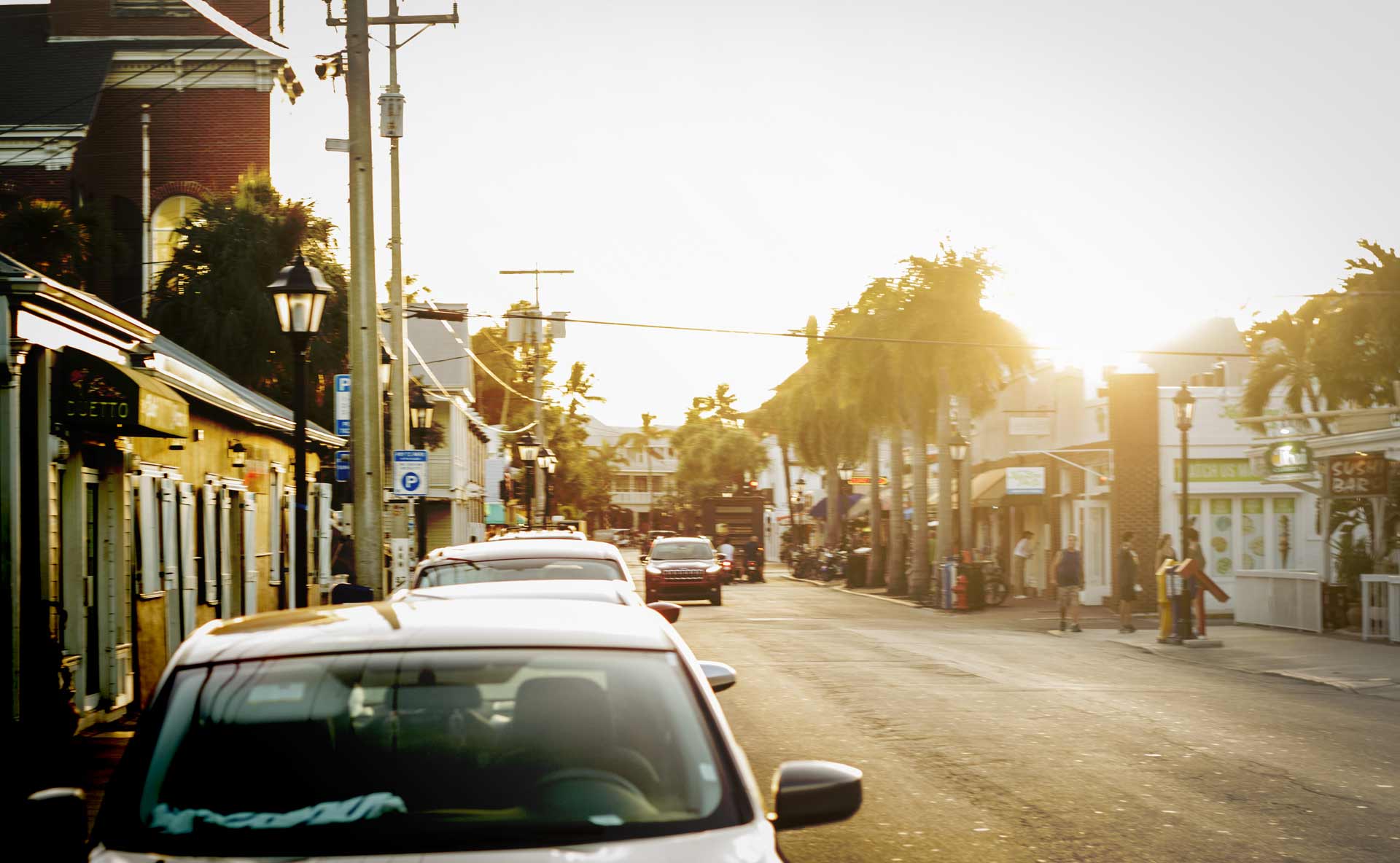
Being an archipelago, perhaps it’s unsurprising that the ocean dictates a large part of life in the Florida Keys. At all times you feel like you’re right on the edge of a deep blue abyss, both in the most obvious, geographical sense, but it also permeates virtually every conversation.
The British talk proudly about being an island nation, but this amounts to no more than words when you’re standing in a Birmingham shopping centre. The residents of the Florida Keys can, however, truly claim to be island folk. The sea, and its inhabitants hold a special place in their heart.

